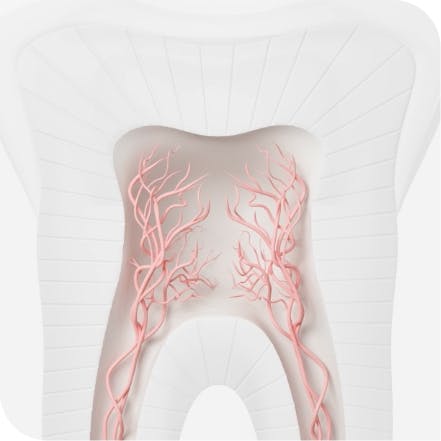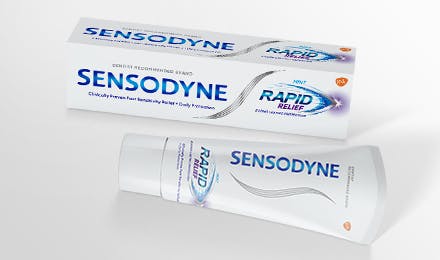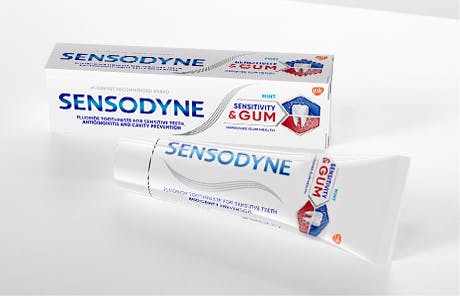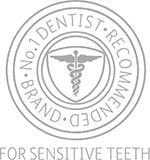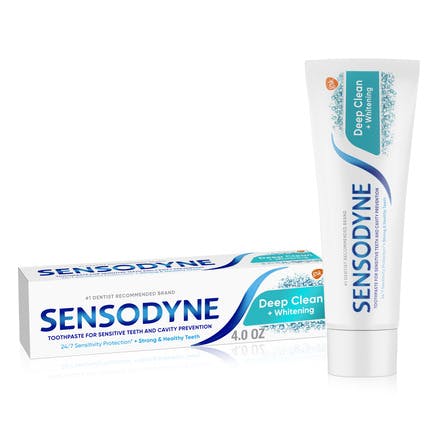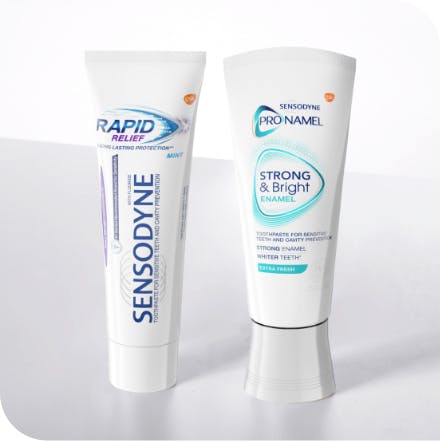Assessing The Different Types of Tooth Pain
Have you ever experienced pain in your front teeth after taking a bite of ice cream? Even though it may last only a second or 2, that short, sharp pain could be a sign of sensitive teeth.
Contrary to popular belief, not every tooth needs to be sensitive to have tooth sensitivity; it can strike in localized areas such as your canines, lower front, or back teeth (molars). Without proper oral care, conditions like enamel erosion or receding gums can occur, increasing the severity of your sensitivity over time.
Rollover for Facts and Tips on Tooth Sensitivity
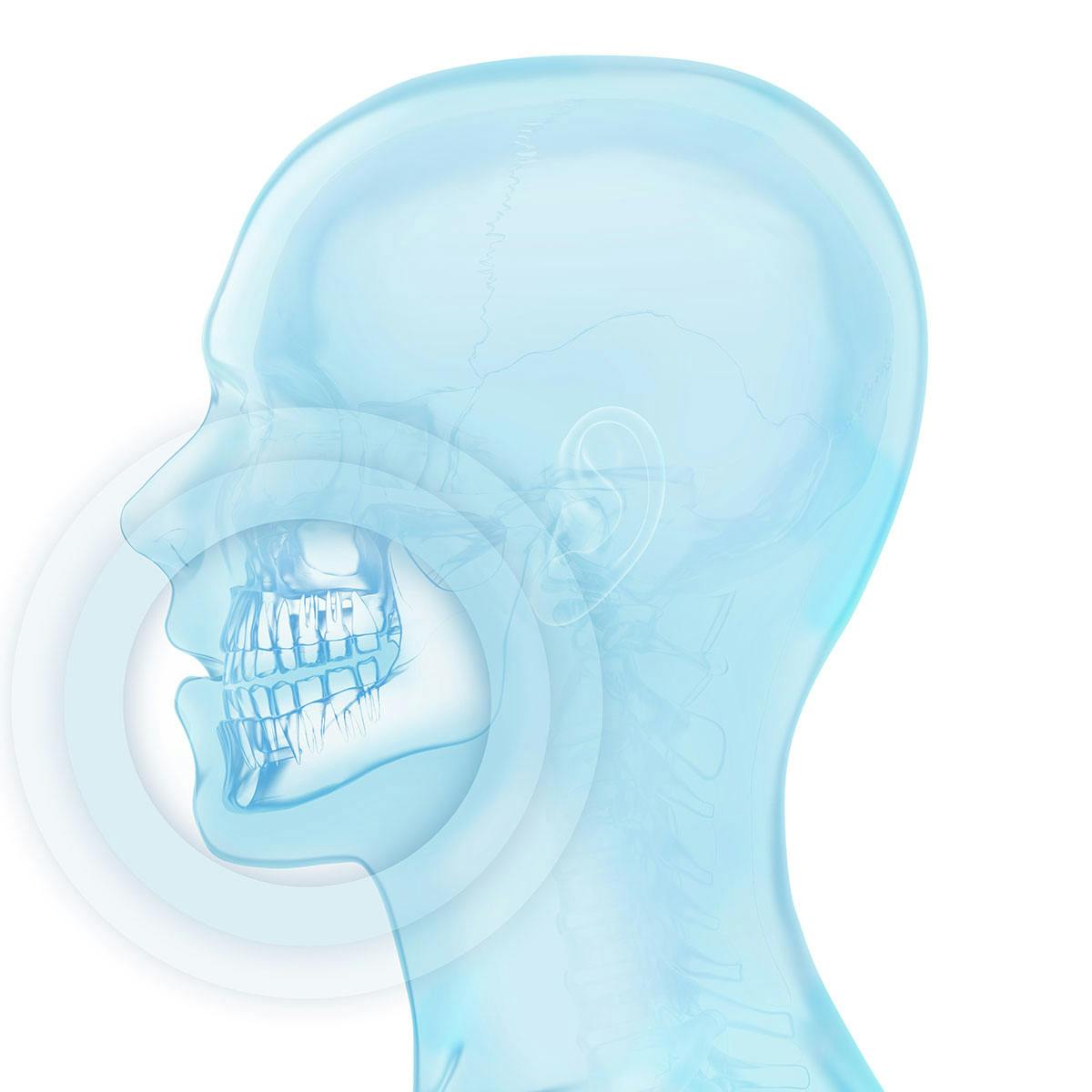
- More
Drink with a straw to help prevent liquids from triggering a twinge of sensitivity.
Close - More
Tooth sensitivity typically occurs in canines (the slightly pointed teeth) and first premolars.
Close - More
Grinding your teeth can cause enamel wear and lead to tooth sensitivity*. Try using a mouth guard to protect your teeth.
Close - More
Brushing teeth with excessive pressure can cause sensitivity.
Close - More
Gum recession can lead to root exposure which can lead to tooth sensitivity.
Close
Sensodyne is a daily toothpaste that is specifically formulated to help relieve and protect against sensitive teeth—even from that minor twinge of pain you may experience after eating or drinking hot or cold foods and beverages.
It’s important to note that if you are experiencing symptoms of sensitivity, speak with your dentist to rule out anything more serious.
